Though I didn’t realize it at the time, my visit to the south of Scotland became something of a pilgrimage to the ruined abbeys that stand as testament to the destructive powers of faith and sovereignty. As my journey took me from Dumfries & Galloway to the Scottish Borders, so my gaze shifted from Crossraguel, Dundrennan, Glenluce, and Sweetheart abbeys to their famous Borders brethren. While most of the abbeys in this part of Scotland share similar stories – founded in the Middle Ages, risen to power during the Wars of Scottish Independence, and ruined during the Reformation – it is their situation and the remnants of their gorgeous architecture that separates them today.
Of all the Border abbeys, Dryburgh Abbey is the only one not found in a town. I came to Dryburgh after a great hike through the nearby hills and past a mammoth statue of William Wallace raised by the Romantics of the area. As had become common on this trip, I was the only visitor during the hour of nones, the traditional time of the afternoon mass. A long path leads from the entrance shop beneath tall trees to the austere ruins of Dryburgh Abbey, which hug a loop in the River Tweed just north of tiny St. Boswells.
Beyond a scattering of weathered tombstones lie the reddish remains of the church, chapter house, and cloister. Unique among the local abbeys, most of Dryburgh’s church has been lost to the ravages of war and fire while the domestic architecture – the dormitories of the monks – remains in place. This quirky reversal gives you an idea of how the monks lived their daily lives as you wander the quiet grounds. And quiet was what the monks of Dryburgh Abbey sought, which was not always true of other monasteries that sought wealth and political influence. Here, snug in the arms of the Tweed, contemplation was the prime currency.
All but the north transept of the church is missing at Dryburgh Abbey, and I think this is why it doesn’t receive the same accolades as a place like Melrose Abbey. Still, the north transept contains a chapel where the remains of none other than Sir Walter Scott rest. Speaking of remains, it’s believed that this site was first settled in 600 AD by St. Modan, one of the early Christian missionaries, though the archaeological evidence escapes us. And so, like all beliefs, it must rest upon conjecture.
Dryburgh Abbey, however, was built in 1150 by Premonstratensian monks who wore white robes and hailed from northern France. The land was probably gifted to the order by Hugh de Moreville whose family came from Normandy with William the Conqueror less than a century earlier. It’s fascinating to think how much of the nobility in Great Britain originated in France, and how much of those bloodlines yet flourish today.
Dryburgh Abbey functioned for just over 400 years – until the Sixteenth century and the Reformation – and during that time it saw plenty of war and strife, and of course the changing ownership and commendations of such times are a maze to wander through. Suffice to say that after the Reformation Dryburgh Abbey became an even quieter place, its stones surely cherry-picked and hauled away to build other structures in the surrounding area. Dryburgh was “rediscovered” in the Nineteenth century, as were many other ruins, by the Romantics – people like David Erskine and Sir Walter Scott – who valued and popularized the monuments of the past.
We should thank them, for it is through their work that visitors of today can still appreciate what remains of these stunning places. Dryburgh, among all the abbeys, is still one of my favorites.
Disclosure: Historic Scotland provided me with complimentary entry to Dryburgh Abbey. All thoughts and opinions expressed here are my own.

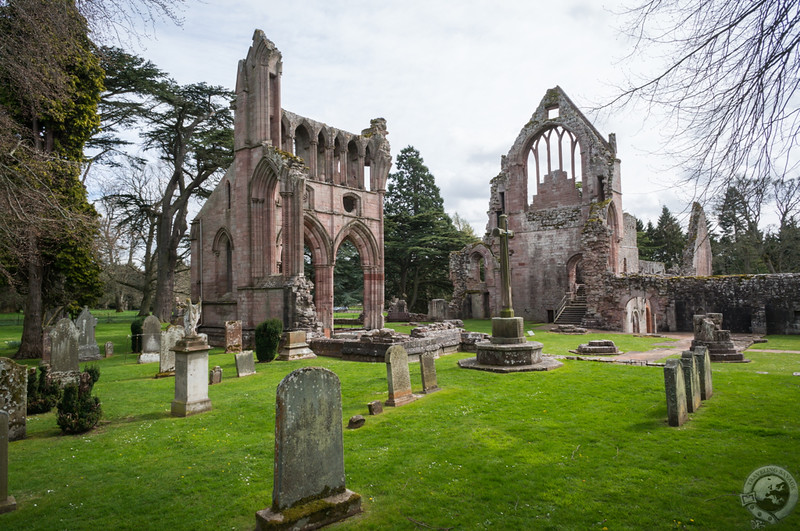
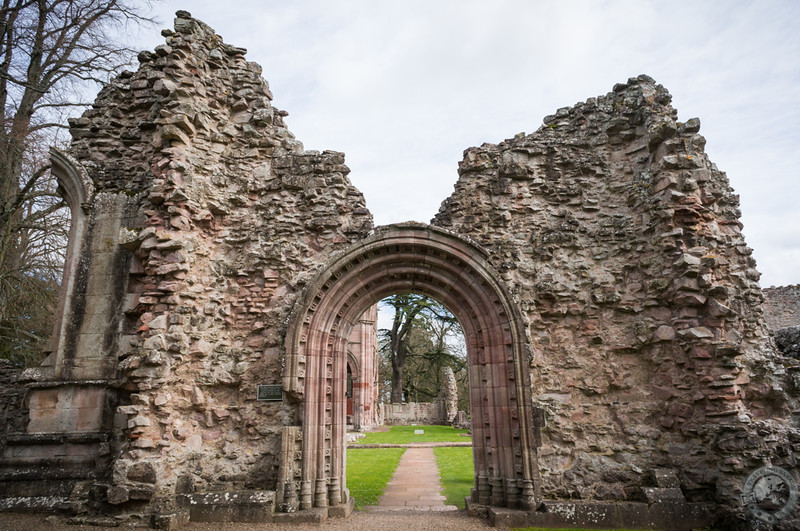
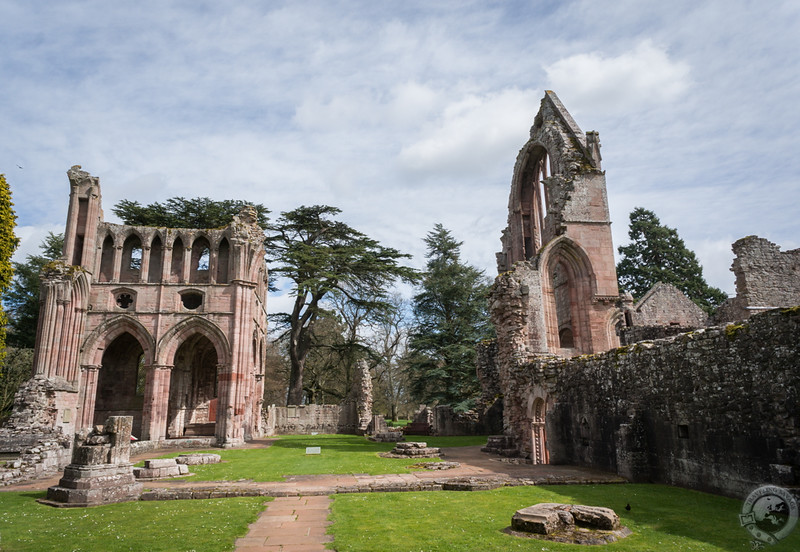
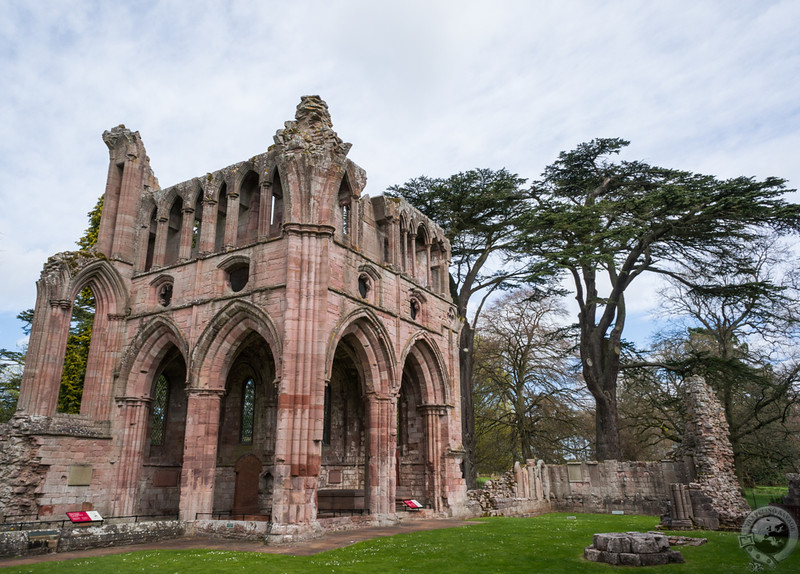
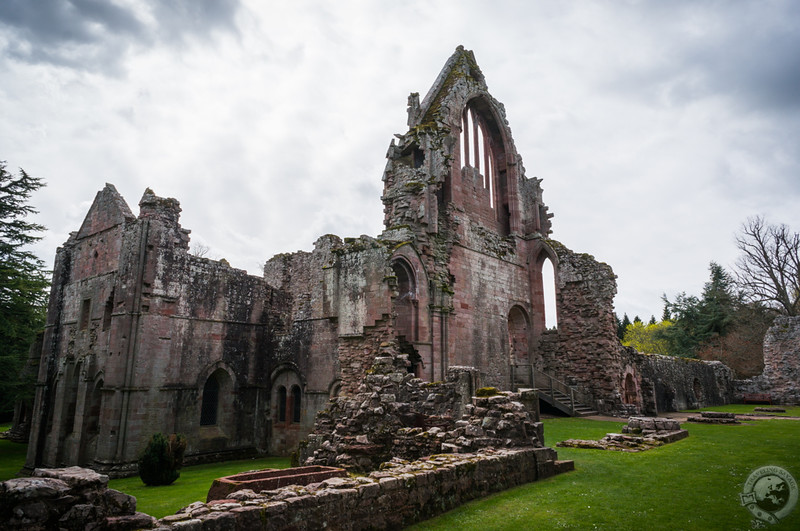
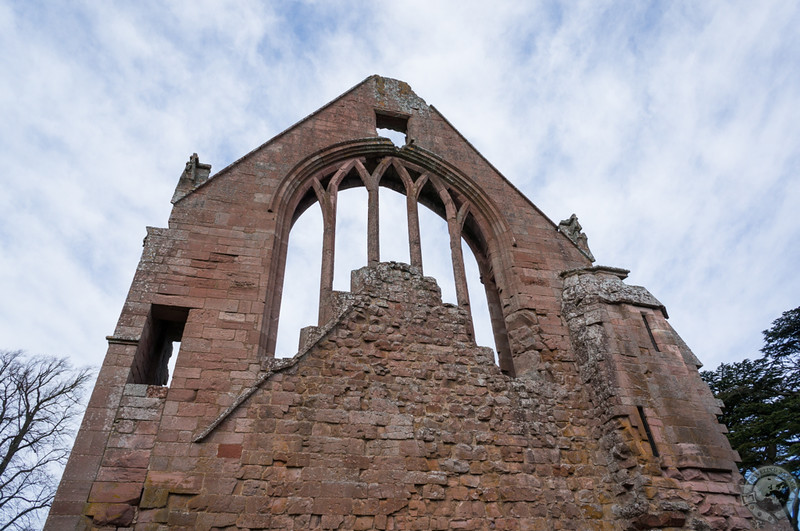
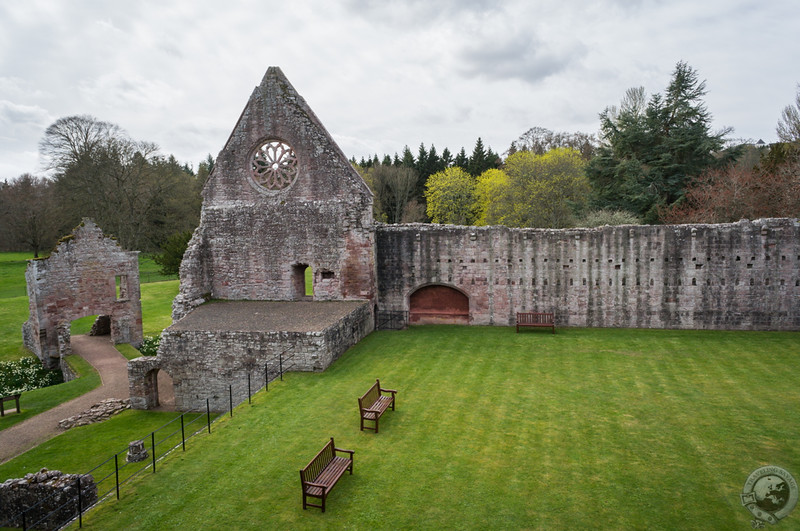
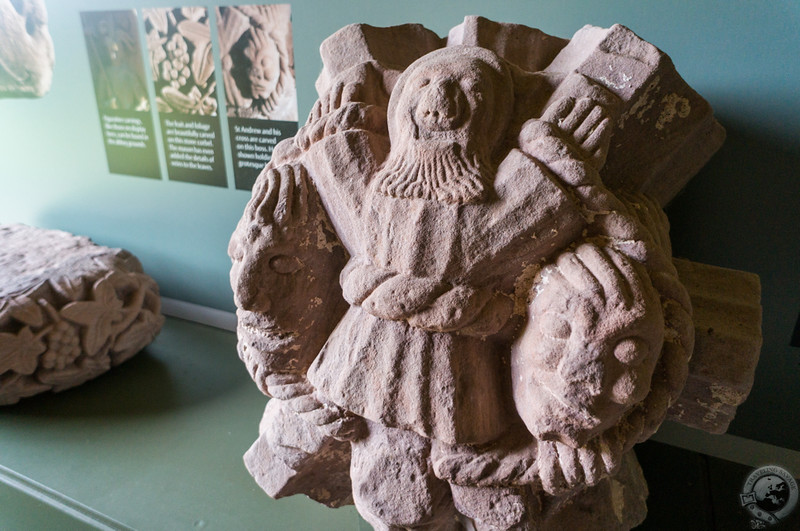
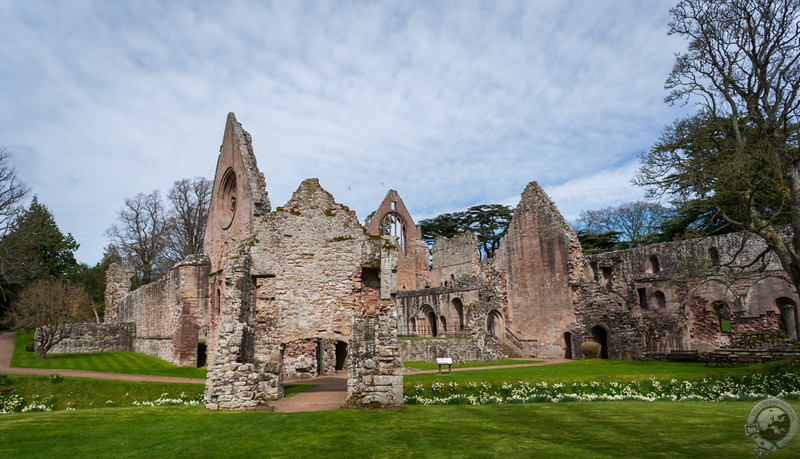
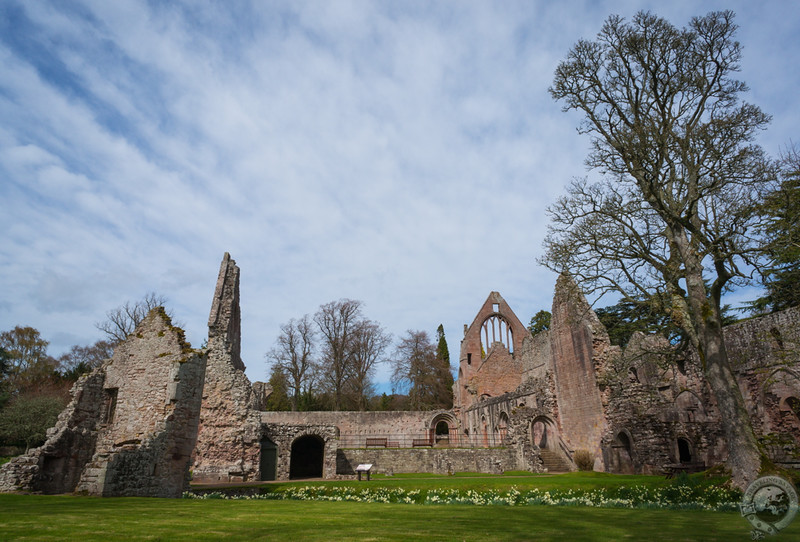
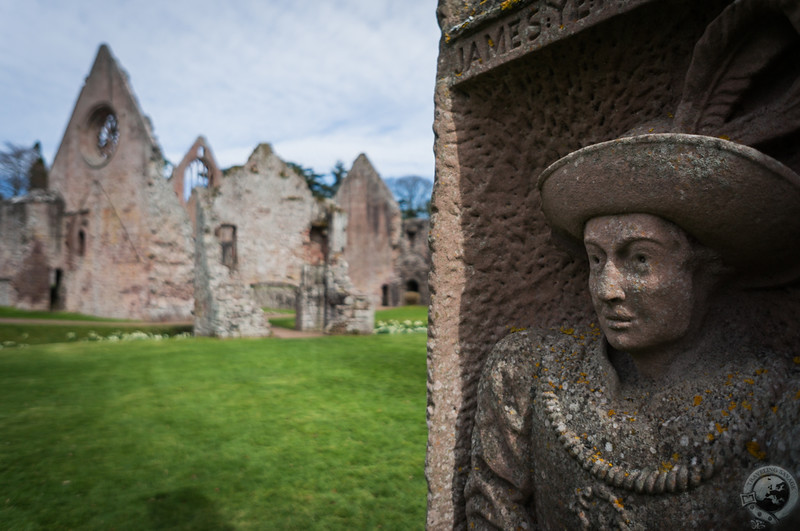
Fabulous post – thanks! As I’ve mentioned in the past, visiting castles and abbeys are not really my thing — though they *are* gorgeous — but, I have to admit, if ever I were to go to the south of Scotland, this one would be placed in my itinerary because of this line “Here, snug in the arms of the Tweed, contemplation was the prime currency.” I’m drawn to places where deep contemplation was the norm, whether between human and god or between human and mother earth. Exquisite photos … I can imagine myself there, wandering, contemplating… Blessings!
Thanks Darla! I think you’d like Dryburgh Abbey.
Perfect timing! I am in the deep of planning our itinerary to Scotland for May and also researching my family history. Dryburgh is a common name in my family line. Your photos are beautiful. Hope to get a chance to visit the abbey but it may not fit on this trip. Thank you for sharing! By the way, can you tell me how long it might take to get there from Edinburgh?
From the heart of Edinburgh by car it’s a good 70-75-minute drive.
[…] of the great Border Abbeys. If you’ve been following along, I’ve already written about Dryburgh Abbey, Melrose Abbey (twice), and a little about Kelso Abbey. All that remains to complete my quartet is […]
[…] head southeast to the town of St. Boswells. Turn east, cross the River Tweed, and follow signs to Dryburgh Abbey as the road curls back into a bend of the river. This is a quick […]
I will be traveling to Scotland next summer, in June. I must see Drybourg because my ancient grandfather Sir Thomas Halliburton is buried in the Abbey.
Please send me anything that you think might make my experience there more interesting.
Thanks and my Respects
Gail Gilliam